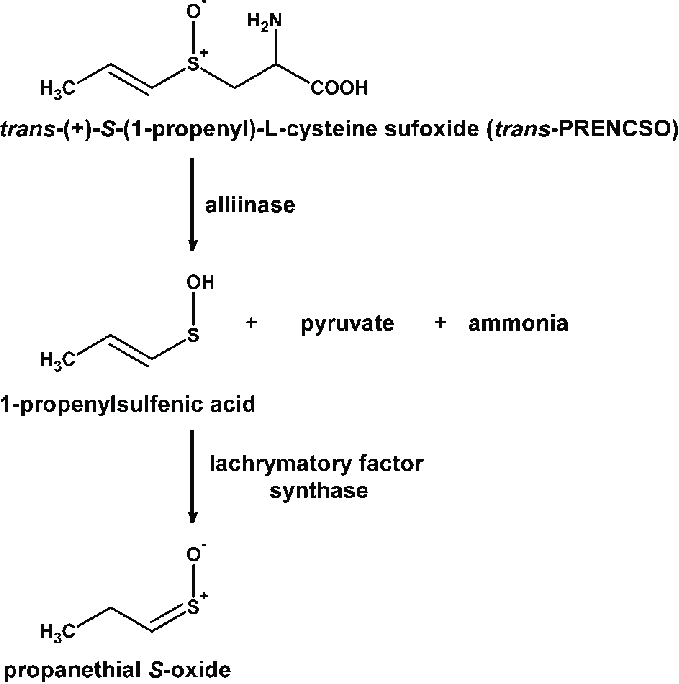A New Breakthrough In Molecular Imaging: Unlocking the Invisible
- Kailash T D
- Mar 12
- 3 min read
To start with, What if you could examine inner tissues and organs without any insertion or exposure to harmful radiation? Yes, you heard it right, making imagination into reality, A team of Stanford researchers has turned this vision to make skin temporarily transparent using an FDA-approved food dye, the process involves the scientist observing the blood flow, and internal structure organs without harming the tissue. This is considered to be the biggest medical breakthrough in the 20th century.
Lets go deep into it.....Let us dive deeper into the technical perspective. Fueling our curiosity, according to basic principles scattering of light on skin makes it appear opaque. This is because light interacts with various components of skin such as water and lipids differently. This is due to the different refractive indexes of different components To overcome these challenges Researchers have discovered red tartrazine. Commonly known as FD&C Yellow 5, it is a light-absorbing dye commonly found in foods and also found in the famous chip brand Doritos. Application of this dye to the skin of mice. The dye reduces light scattering by matching the refractive index of lipoids to water in the red wavelength spectrum. It becomes temporarily transparent, allowing researchers to see working organs and biological processes without surgery. The results were groundbreaking: Scientists were able to observe the liver, intestines and even minute details of muscle fibres, blood flow and brain function. Transparency is temporary and completely reversible. Rinsing the area with water will help restore the skin to its normal appearance within minutes

This innovation represents an unprecedented solution to the long-standing challenge of non-invasive vehicle-interior visualization. By using the absorption index and refractive index matching, The Stanford team succeeded in creating tissue transparency without damaging the tissue or requiring special tools. This technique if adapted to human use, could have a great impact on changes in various fields. in medical diagnosis It may be used in place of an invasive biopsy in conditions such as melanoma. and reduce reliance on radiation-intensive procedures such as X-rays and CT scans. Transparent skin also helps simplify venipuncture by making blood vessels easier to locate. Improves accuracy and reduces patient discomfort. It also helps increase precision in cosmetic procedures such as laser tattoo removal. This makes it possible to directly target the pigment under the skin. It is a safer and more cost-effective alternative to traditional imaging methods. This method avoids the disadvantages of expensive equipment and ionizing radiation. Expand the scope of possible impacts further...
Stanford's innovative use of a light-absorbing dye to achieve reversible skin transparency is a major step forward in non-invasive medical technology. And although current research is limited to animal models, But the potential for human use is enormous. By allowing doctors to see under the skin without incisions or radiation. This advancement could revolutionize health care. Improved diagnosis precision of treatment and patient comfort... This development not only highlights the power of interdisciplinary collaboration, But it also opens up new opportunities. It is exciting for the future of medical science and beyond with continued research. The transparent future the Stanford team imagined may soon become a reality. By changing the way we look at the human body

Author
Kailash T. D
Content writer
References
https://www.scientificamerican.com/article/scientists-make-living-mices-skin-tran sparent-with-simple-food-dye
https://news.stanford.edu/stories/2024/09/using-a-common-food-dye-researchers made-mouse-skin-transparent




Comments